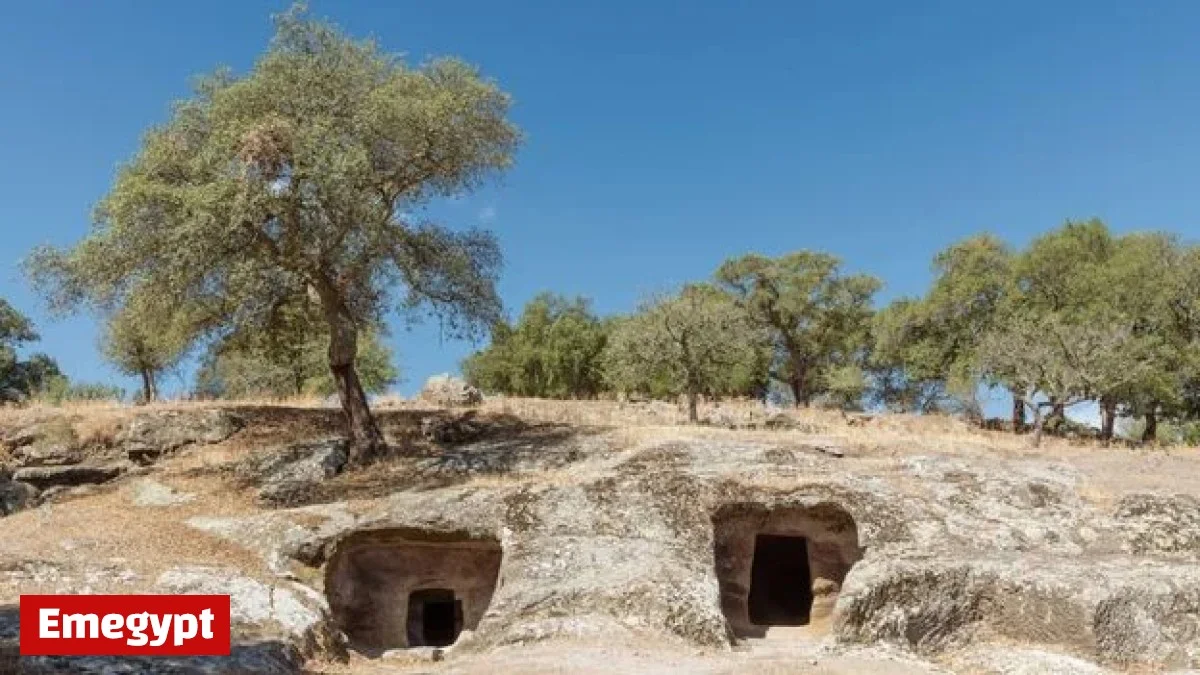
The mystical Neolithic fairy houses of Sardinia, also known as ‘domus de janas,’ showcase a blend of spirituality and artistry from an ancient culture. These structures provide a glimpse into the beliefs and practices of the people who inhabited Sardinia thousands of years ago.
Exploring the Domus de Janas
At the necropolis of Sos Furrighesos, the monumental entrance of Sa Tumba de su Re, or “the King’s Tomb,” offers a fascinating insight into these ancient rituals. Archaeologist Giuseppa Tanda emphasized the community’s view of death as part of a natural cycle, where they mourned the departed while anticipating new life.
The Gaze of Brodu
Continuing the journey south, the Necropolis of Brodu captivates visitors with its distinct features. Located in the rugged Barbagia subregion, this site presents two dark openings carved into the rock, resembling ancient eyes. Overhead, a nuraghe rises, standing as a testament to the region’s rich historical background.
A Personal Connection to History
Traveling further south, the Necropolis of Pranu Muttedu in the Goni archaeological site reveals the intertwined nature of history and personal memory. Graziano Arba, the site caretaker for nearly 30 years, recalls visiting the tombs as a child. For him, these sacred structures were once playgrounds, as well as refuge from the rain.
The Silent Sentinels of Sardinia
As I explored, I encountered three menhirs standing resolutely like silent guardians around the tombs. These prehistoric upright stones, alongside megalithic circles and domus de janas, create one of the most complex prehistoric landscapes in Sardinia. This unique mixture reflects the beliefs of the Ozieri culture, marking the final Neolithic period.
Conclusion
The fairy houses of Sardinia, emblematic of ancient rituals and beliefs, form a vital link between the past and the present. This heritage, marked by formidable stone structures and deeprooted legends, remains a significant aspect of Sardinian identity.
